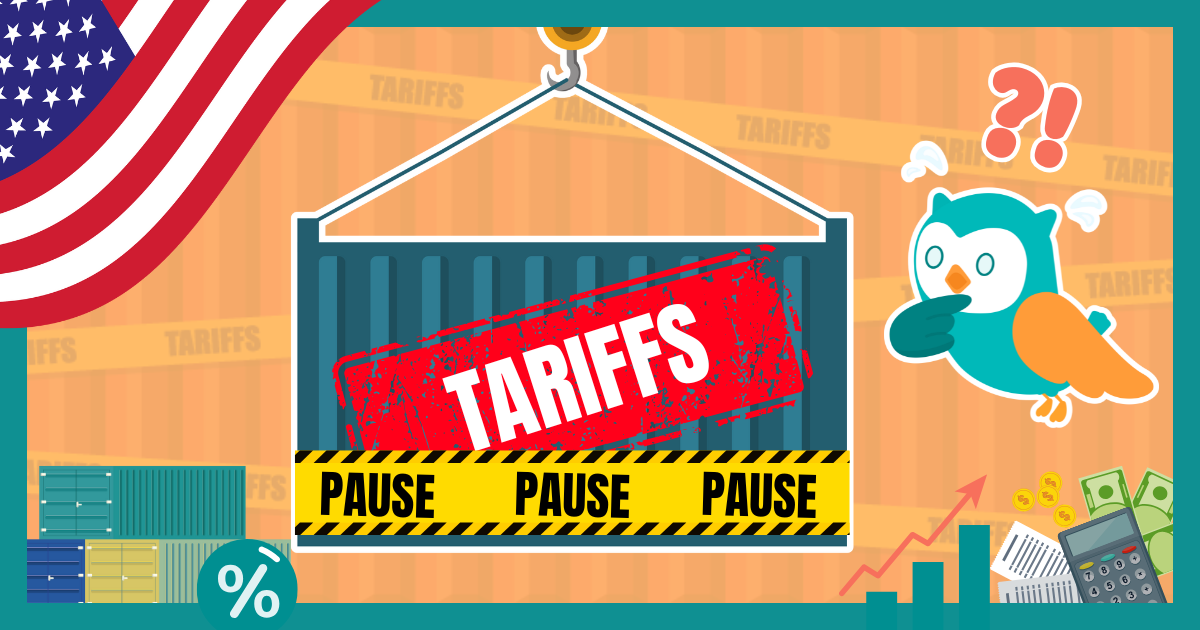Note: It was announced in November 2023 that MoneyOwl will be acquired by Temasek Trust to serve communities under a re-purposed model, and will move away from direct sale of financial products. The article is retained with original information relevant as at the date of the article only, and any mention of products or promotions is retained for reference purposes only.
______________
When there is no risk, there is little reward, but the question is, what types of risks and how much risk to take? The same can be said with investing, short-term risks, and market fluctuations.
We are all familiar with the phrase ‘Nothing ventured, nothing gained. It is a fact of life. Where there is no risk, there is little reward. We are often rewarded only when we put ourselves out to try something risky – whether it is taking the first baby steps as a toddler, putting up our hands to ask a question in class, asking the girl/boy of our dreams out on a date, going for that first job interview, making a mid-career switch or even letting your children pursue their unconventional dreams.
The same can be said with investing. If we want to enjoy potentially higher returns to achieve our financial goals, we need to bear the short-term risks of market fluctuations. Stock markets that always rewarded investors or conversely, never made anyone money would quickly collapse. It is only through both the up and down periods that we find potential for long-term returns.
In the same vein, we learn to walk, gain knowledge, find companionship, establish our career, and help our children grow only when we embrace both the hard knocks and sweet victories. Along the way, we may fall, we may get mocked for asking ‘stupid questions, we may face rejection from our crush, we may not get the job, and we may get disappointed with how our children turn out.
But one thing holds true for us regardless of the outcome, we always gain experience and become wiser from choosing to take some risks in our lives. Just like how the stock markets always recover and go up in the long run. The question to be asked then is not whether to take any risks, but rather what type of risks and how much risk to take and these are questions we will answer in the following articles.




